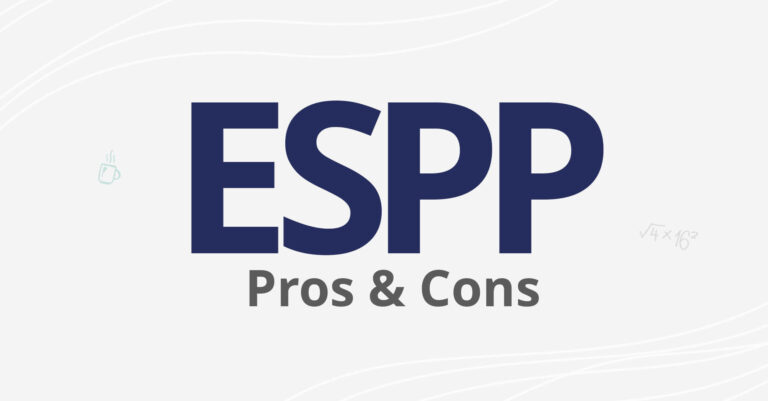The working world and wider society as a whole have endured massive upheaval in recent times. The pandemic has changed both how we live and work. Many of those changes have been negative – and, hopefully, temporary – but not every change associated with the Covid era has been for the worse.
One positive change, most obviously from the perspective of employees, has been the emergence of working remotely as a viable option. Traditionally, businesses tended to be reluctant to embrace the remote working model – preferring instead to base most or all employees in offices – but the pandemic forced everyone to adapt, and many companies have found that remote working does not necessarily have an adverse effect on productivity and in some respects can impact positively on the bottom line.
One thing seems clear at this point, blended working arrangements are here to stay, with the full-time remote working set becoming far more common in the future than in the pre-pandemic world.
While the full implications of this change are still most likely unknowable at this point, one likely consequence of increased flexibility from employers on working remotely is that greater numbers of employees in the future will find themselves able to consider job opportunities in another city or even another country, all while basing themselves in their home office.
If you find yourself in that position, while you might welcome these new possibilities, leaving your current employment may not be without consequences. One of the key points you need to be clear on is what will happen to your stock options when you quit.
But, What happens to ESPP when you leave?
Perhaps the most important point that needs to be addressed in this context is the circumstances of your departure. From the perspective of the company, will you be regarded as a ‘good’ leaver or a ‘bad’ leaver? Depending upon which category you are deemed to fall into to, you will be treated differently.
Your leaver status will most likely dictate all that follows. Beyond that, the most obvious point is that you need to read your plan rules. Being clear on the leaver rules as set down in the plan rules will go a long way towards answering most of your questions, including ones around leaver terms and are your shares vested or unvested?
Let’s take a closer look at both points.
Good leavers vs bad leavers: Which are you?
As alluded to above, depending upon how and why you leave, you may be categorized as either a good leaver or a bad leaver. Typically, as you might expect, good leavers can expect to be treated more favorably on the way out.
Share plan rules will include a good and bad leaver clause, thus setting out the various scenarios under which an individual might leave a company and how they can expect to be treated, depending upon which category they find themselves in.
Good Leavers
For the purposes of a company share plan, good leavers might be individuals who leave for any of the following reasons:
- Retirement
- Departing from a formal role, but perhaps continuing as a consultant
- Leaving on health grounds or death
Bad Leavers
Bad leavers might be those who leave under the following circumstances:
- Leaves for a competitor
- Leaves of their own volition for whatever personal or professional reasons
- Employment terminated due to poor performance
- Employment terminated due to misconduct
Bad leaver clauses are designed first and foremost as a way to limit awards for individuals who lose their jobs due to the last two points above – poor performance and misconduct – but the reality is merely choosing to move to a new employer may be sufficient to see you categorized as a bad leaver under the leaver rules of an employee share plan.
The implications of being treated as a good or bad leaver will vary from company to company, according to the share plan rules in place. This, in turn, underscores the importance of knowing the details of those rules before deciding to leave your current employer.
Obviously, as we highlighted at the outset of this article, emerging remote workplace opportunities might encourage individuals to, at the very least, think about changing jobs. But as the above lists suggest, choosing to move on may well place you in the bad leaver category, in line with your current employer’s share plan leaver rules. And, depending upon those rules, the impact on your share options may give you cause to reconsider moving jobs, at least at that particular moment in time.

Understand Your Stock Options
1.Read the plan rules
When an employee stock plan is being designed, administrators tend to have great flexibility in terms of how they choose to operate it and will therefore look to do so in accordance with overall business goals and objectives.
Generally, these rules will set out the specific terms and conditions attached to equity awards, when those awards will be made available, and how plan participants can activate or purchase their stock.
All of this underscores the importance of plan participants taking the time to read those rules, rather than merely making assumptions around what those rules are. The rules will impact directly upon how the plan works and, as detailed above, how you can expect to be treated if you look to leave during its lifetime.
2.Selling ESPP shares after leaving: Are your shares vested or unvested?
One of the key points you need to be clear on is if your stock is vested or unvested, exercised or not. Usually, when plan participants leave a company, that company will have the right to purchase back whatever shares may have been vested and been exercised. In that scenario, good leavers may get the fair market value of the stock, whereas bad leavers may be offered less attractive terms.
Depending upon the rules of the plan, the bulk of those awards might be frontloaded or backloaded or maybe the shares will vest in equal tranches over time. For example, if you’re granted a three-year stock purchase option over a three-year vest, it’s possible that you may be forgoing the most advantageous vest if you leave two years into a three-year option window, as you will most likely lose shares that haven’t vested by the time you leave the company. Whatever the scenario, you need to make sure that you know those details. It would be no-one’s fault but your own if you blindly hand in your notice to your current employer without understanding the consequences and suffer accordingly.
If your shares have vested but have not been exercised by the time you announce your intention to leave, you may be able to exercise them either before you move on or within a set period of time after your departure – depending on the jurisdiction, you may have up to 90 days (and perhaps more), but be clear on whatever those terms are.
Also, be clear on the clawback arrangements in place. Even as a good leaver, there is little point in exercising options on the way out if the company will have the right to buy them back at the same price.
3.Check the tax implications
You also need to be aware of the tax implications of exercising options as you leave. For example, in the US, 90 days (as mentioned above) is the typical post-termination exercise (PTE) period, during which you have the right to exercise your vested options.
Individual companies may offer longer PTE periods, which is to be welcomed, but you also need to be plugged in on this point too, as the 90-day boundary has relevance to the tax treatment of options. Basically, if you have incentive stock options (ISOs), then you can benefit from favorable treatment when exercising them; however, this perk expires three months after you leave that job, so even if your old employer allows you to exercise vested options after 90 days, once you cross that threshold your vested shares will effectively be treated as non-qualified stock options (NSOs) for taxation purposes.
Going into detail on ISOs and NSOs would require a dedicated article, but for the purposes of the topic at hand, the key point is that you will usually pay no taxes when you exercise ISOs, whereas with NSOs there will be a tax liability. So, clearly, if you have vested ISOs on hand as you leave your current job and the leeway to exercise them post-departure, be sure to do within the 90 days window.
Where you stand on the 90-day window and whether your current employer facilitates the exercise of vested options beyond that point will be made clear in the plan rules.
Retirement: Think in the long term
If your stock options are a central part of your retirement planning, it’s vitally important to think in the medium to long term. If your options are in the money, i.e., the option price is below the listed price of that stock, then how much money are you potentially forgoing if you leave your job now as opposed to perhaps doing so six months down the line?
Finally, the most important point is that when you’re weighing up your future employment prospects make sure that you fully understand the potential return of your stock options and the potential loss that may arise if you leave without fully understanding your plan rules.
Want to learn more about equity compensation?
If you’re looking to learn more about how an ESPP works or different types of stock, check out our Equity Explained series. Whether you’re completely new to equity compensation or looking to improve your knowledge, we have a curated library of resources to help you learn all about the world of employee ownership.











